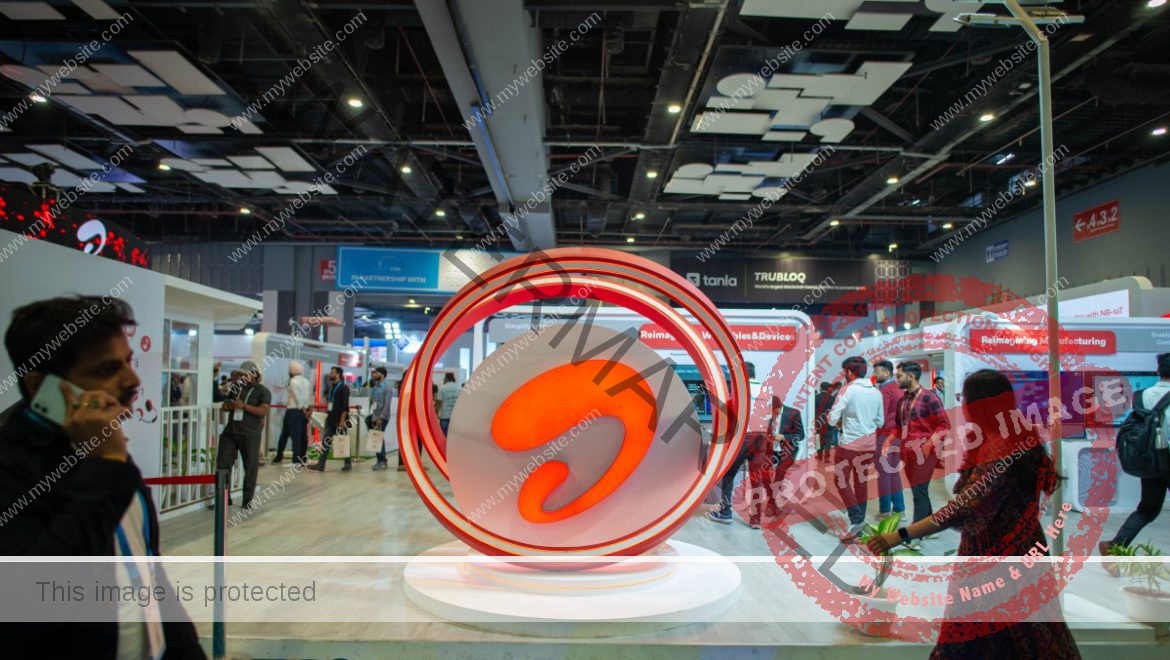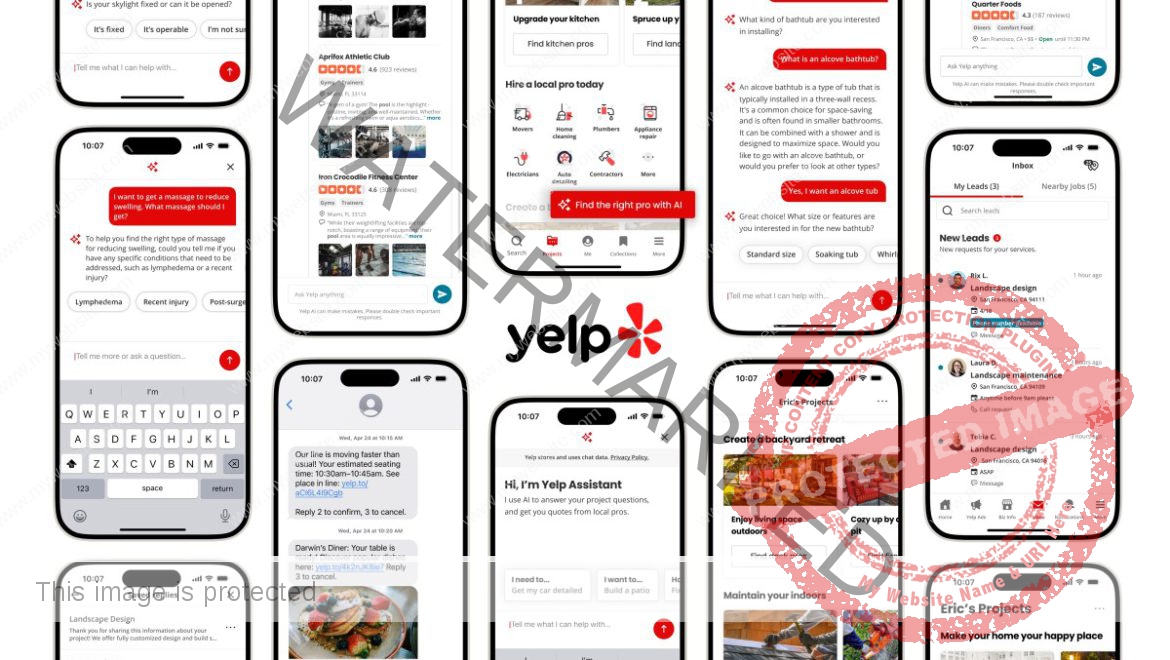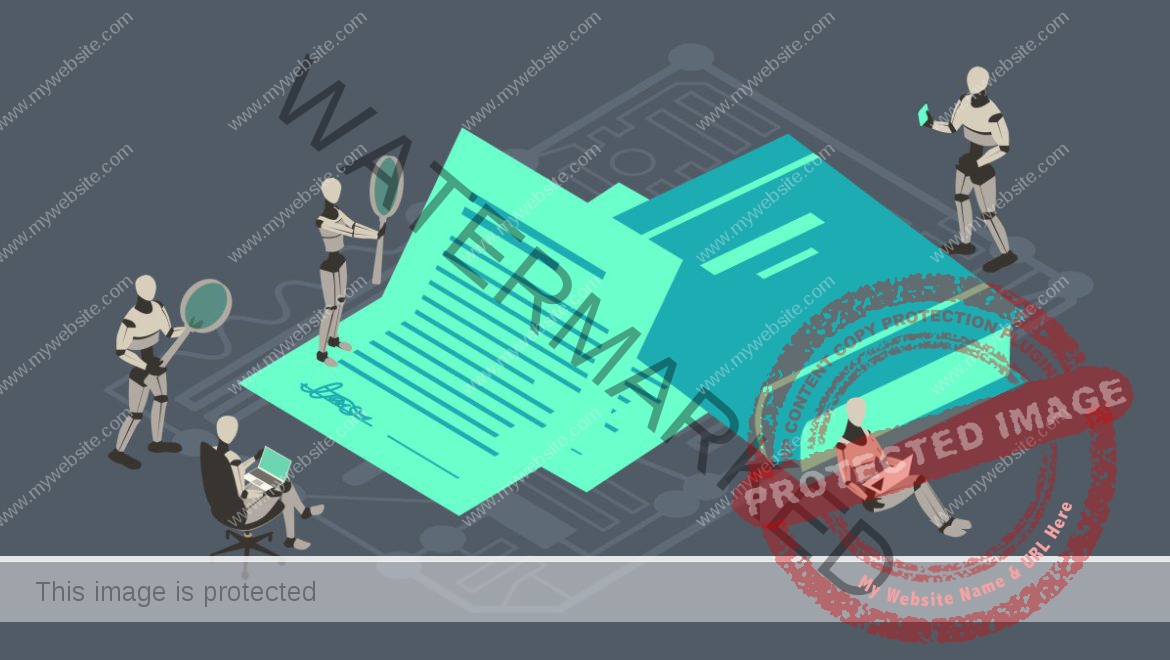It’s not everyday that you get to sharpen your skills with Elon Musk as your boss. It was while sourcing manufacturing equipment for Tesla factories that Will Drewery drew inspiration for Diagon, a startup that helps manufacturers procure equipment.
“Big projects companies are building now, like battery manufacturing, need very specific types of process equipment and automation equipment to build a factory and automate,” co-founder and CEO Drewery told TechCrunch. “I’d been hearing and seeing the trends toward nearshoring and reshoring of American manufacturing. As a supply chain manager, I’ve been taking a critical eye at how that’s actually going to happen. People intuitively understand that they want to source batteries for the cars they’re making in the U.S. or near the U.S., but they have no idea if that capacity doesn’t exist anywhere, then there’s no way you’re going to find a qualified supplier or have the right infrastructure to make those products.”
In January 2023, he started Diagon with former Snackpass vice president of engineering Shri Muthu so that companies of all sizes could tap into his expertise of having sourced equipment for Tesla’s electric vehicle and battery facilities. Companies in fields like automotive and aerospace can identify qualified suppliers from Diagon’s network of equipment suppliers, system integrators and service providers, then leverage a toolkit to manage those complex projects.
Diagon also uses artificial intelligence to get answers to questions like, what type of infrastructure will companies need in order to become a qualified iron-based battery provider in the U.S.?, or what types of things will the company need in order to make those products?
East Coast origins
The journey to Diagon for Drewery, who spent most of his career as an equipment buyer, started in Pittsburgh. When Drewery was growing up, his father and uncles worked in the steel industry. It was a “great way to make a living for a long time” until globalization shifted manufacturing centers elsewhere, he said.
“It impacted me to see not only the industry, but the businesses that supported it, being affected,” Drewery said. “I had this intuition that there was a much bigger significance to being able to manufacture to support a local economy.”
A few years later, Drewery joined PwC as a consultant before joining the U.S. Department of Defense as a contractor. This position took him to Baghdad, where one of his projects was to help companies procure machinery and equipment to rebuild facilities damaged during the war.
After graduating from business school in 2012, Drewery moved to the Bay Area, where a friend told him about Tesla. The company had just bought an old factory in Fremont and was stripping out the old equipment and needed someone to help source new equipment to make the Tesla S, X and 3 models.
His friend brought a Tesla to a party Drewery was at, and after taking joy rides up and down the freeway, Drewery recalls thinking, “I don’t know what this company is doing, but I’ll do anything to work there.”
Working for Elon
Tesla, Drewery learned, was similar to most organizations when it came to the supply chain.
“They’re not really focused on buying the infrastructure for the factory — that tends to be left to engineers and other people within the organization,” Drewery said. “When I came in, I was the first person, really the first formal buyer, the company ever hired to source this type of machinery and equipment. Up until then, the engineers and shop managers were sourcing their own stuff.”
It was Drewery’s job to source all the industrial robots, the metal presses and plastic molding machines. That grew into sourcing for the entire scope of Tesla’s manufacturing footprint, both in Fremont and Buffalo, New York, and also in the gigafactory in Reno, Nevada.
It was quite an education, Drewery recalls. It was difficult to identify suppliers and where they were located. How to pay for those materials, and how to actually source everything. This is because a lot of the equipment didn’t fall into the norms of things that most supply chain managers buy, he said.
Diagon dashboard shows supplier discovery feature for battery equipment. Image Credits: Diagon
Drewery ended up getting a crash-course education in supply chain. He learned which suppliers made which type of equipment, all the pricing, lead times and other negotiations.
Also during this time, Drewery gained experience building out a pretty substantial team to tackle all of that. He grew his team to 30 people that was managing about $700 million a year in capital expenditure, Drewery said. During his time at Tesla, that was about $3.5 billion.
“One of the coolest jobs — hands down — that I’ve ever had, and I was awestruck at how few tools there were to help me do that job,” he said.
And what was it like working with Elon Musk? “I’ve never learned more than I learned in that role, but it was the hardest thing that I’ve ever done. Up until starting this company, I’d say that,” Drewery said.
Here’s a little sample of what that involved. Trade shows are the top place to find companies that make these types of equipment. However, how do you take off a day of work to attend conferences when your boss is Elon Musk?
“A lot of times I would have to do it under the radar,” Drewery said.
Putting those skills to work for others
Drewery worked at Tesla between 2013 and 2018. During that time, he also had to manage delivery of all of that equipment and the testing and installation of it. This could take anywhere from a few months to a few years, he said. Drewery had a substantial team working with him but thought much about companies that don’t have the team or tools to do the same.
“This is why I felt the market needs a Diagon,” Drewery said.
Diagon launched its equipment sourcing and procurement platform in November 2023 after being a part of startup accelerator Techstars. It grew to six employees and a half-dozen customers, including Mitra Chem, Zeno Power and Mighty Buildings.
The company will deploy its software platform as a pilot program with its professional services customers first and do a broader release this summer, Drewery said.
The company also recently raised $5.1 million that includes a previous $800,000 SAFE (simple agreement for future equity) round. The Westly Group led the round and was joined by Valia Ventures, Techstars, Foster Ventures, Foxe Capital, Anthemis and ReFashiond Ventures.
The funding gives Diagon a good runway for the next two years and will enable the company to actively hire, including for a head of product and go-to-market.
“Now we are developing tools that help customers find suppliers better or help them interpret and summarize quotes better,” Drewery said. “We will roll those out as we develop them. We’ve also got some runway to acquire new customers and build more of the product until we raise our Series A, which we haven’t started fundraising for yet.”
















